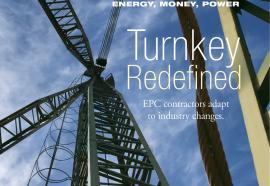Restoring Financial Balance
With looming mandates and aging infrastructure, utilities need regulatory support.
The balance of stakeholder interests in utility ratemaking has shifted over the past decade toward achieving social policy goals. A more sustainable balance is required if utilities and regulators hope to preserve utility service quality and affordability.











